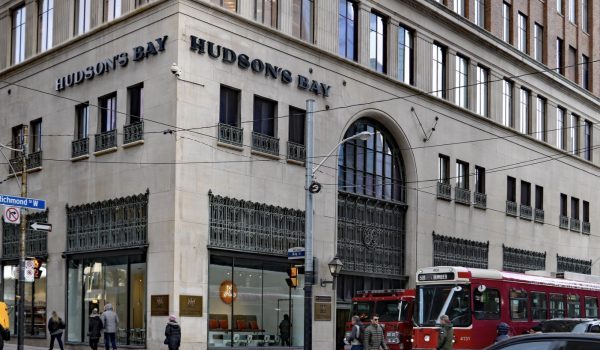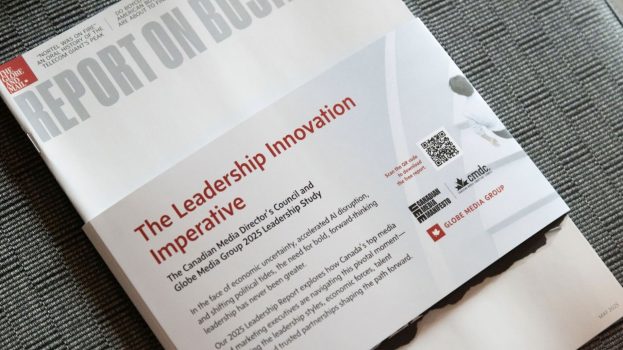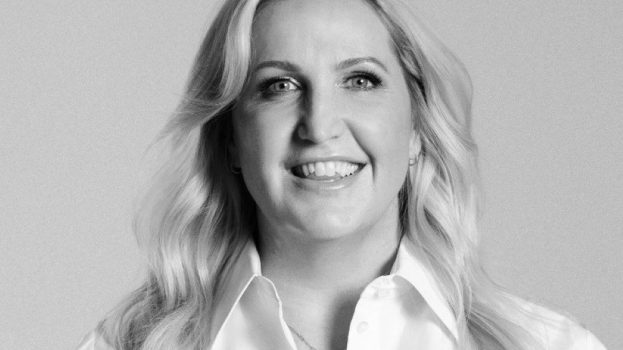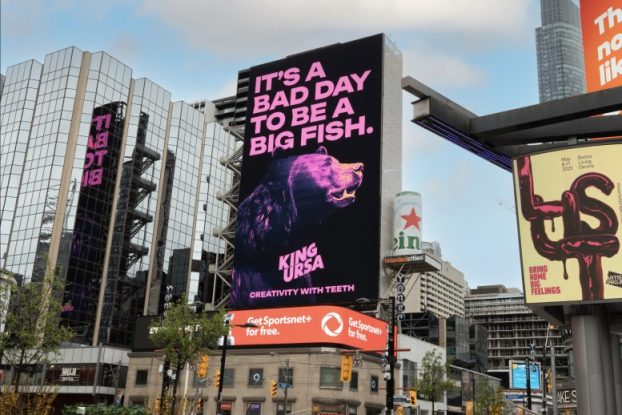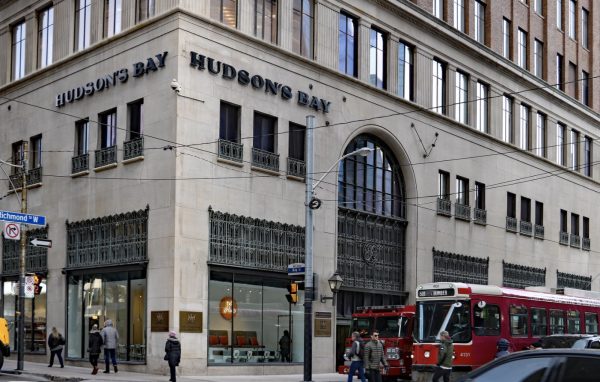In a bid to strengthen its flagship grocery store chain, The Oshawa Group has changed the name of its 34 Food City and Dutch Boy grocery stores across Ontario to iga.
As part of that move, the newly converted stores have moved away from a high-low pricing strategy, in favor of iga’s everyday low pricing policy.
Tim Carter, vice-president of public affairs for Toronto-based Oshawa Group, says the idea is to discourage consumers from shopping around.
‘We want to have the public understand our particular appeal,’ he says.
According to Carter, there are now 725 iga stores across Canada, with 180 in Ontario.
To highlight the new edlp strategy, the company is doing its first tv advertising in over three years. Advertising is handled by Impact/fcb of Toronto. Every week for eight weeks, there will be two 30-sec. spots featuring two products each. In keeping with the chain’s new focus, the spots are price-oriented, says Carter.
Despite the claim to the Independent Grocers’ Association name, the 28 Food City stores will remain corporate stores. Carter says this is important because it will allow head office to test its marketing concepts before rolling them out to other igas, as well as give the head office the opportunity to train franchisees.
The recent banner switch is only the latest move by the group to build the iga chain.
Besides strengthening the banner with store conversions, the Oshawa Group is also dealing with iga’s greatest challenge – the small size of its stores. The average iga store in rural Canada measures just 12,000 sq. feet while the banner’s urban stores are just over 15,000 sq. feet, says Carter. In contrast, the average size of a newly-constructed grocery store (any banner) in Canada is almost twice that, at 29,000 sq. feet.
As a result, the company is currently undergoing a program to increase the size of igas across the country.

